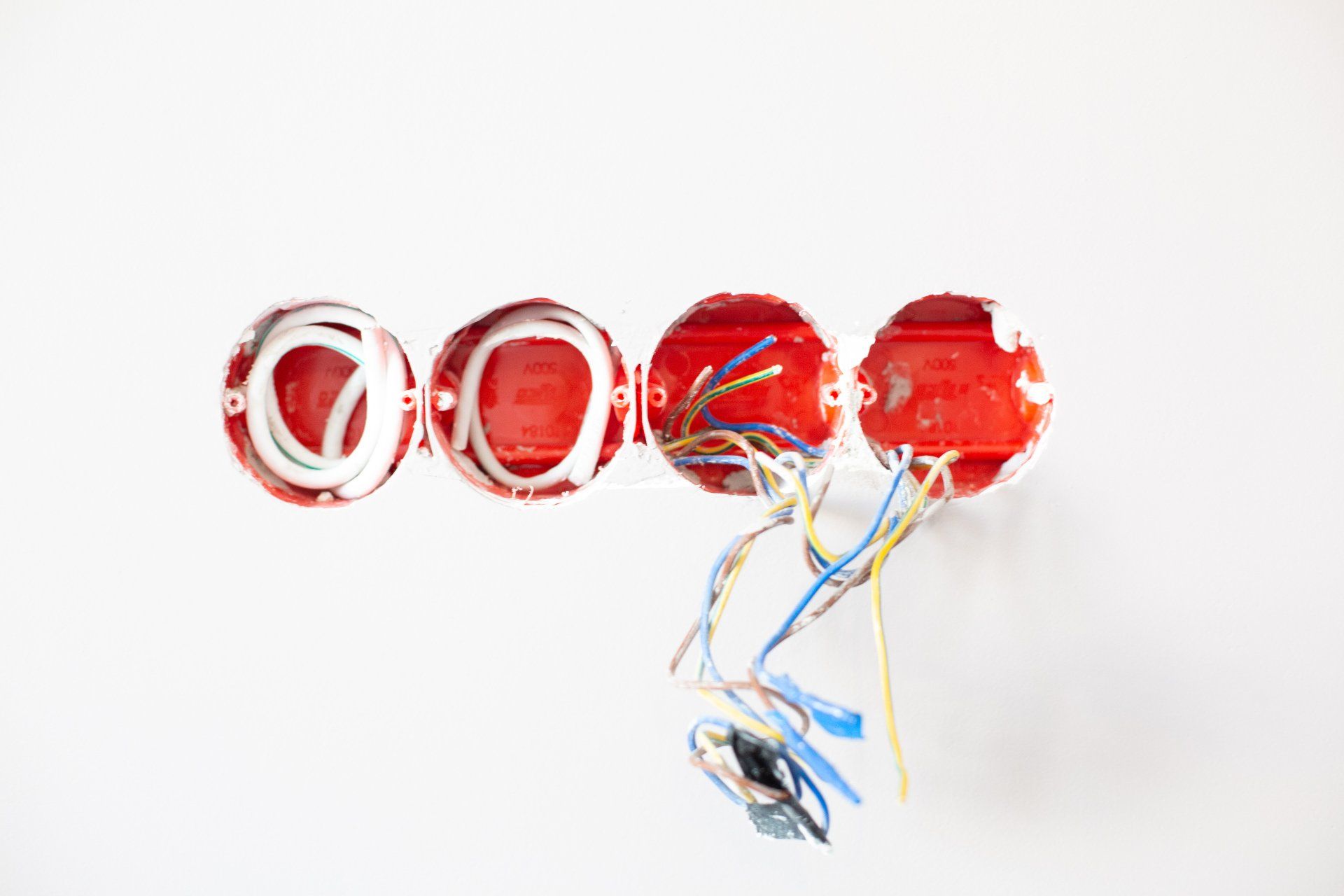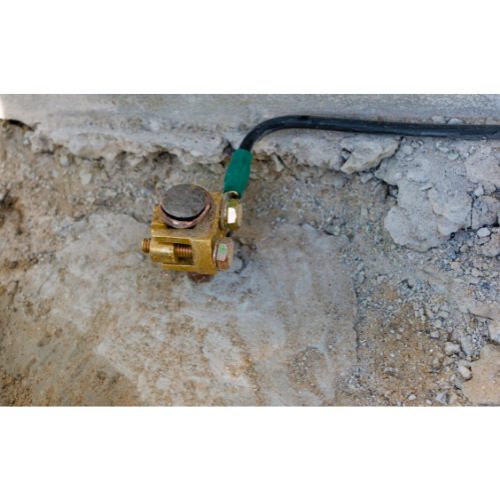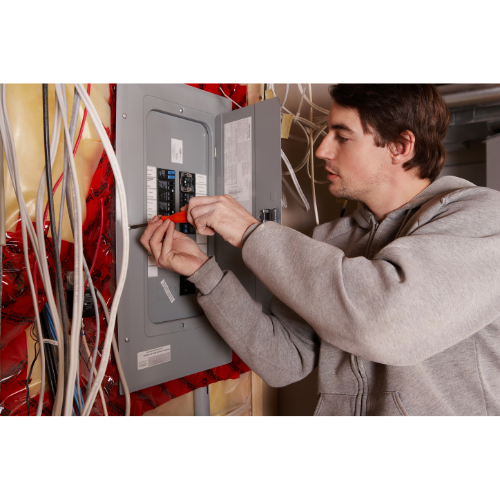Electrical Hazards in the Workplace: Creating a Safer Environment

In any workplace, electrical hazards pose significant risks to employees and can lead to injuries, accidents, or even fatalities. Creating a safe working environment is crucial, and that includes identifying and mitigating electrical hazards. In this blog post, we will explore common electrical hazards in the workplace and provide practical tips for creating a safer work environment.
By implementing proper safety measures, employers can protect their employees and minimize the potential risks associated with electrical hazards.
Understanding Electrical Hazards:
To effectively address electrical hazards, it's essential to understand what they are and how they can occur in the workplace. Electrical hazards may include faulty wiring, exposed live wires, damaged electrical equipment, improper grounding, and inadequate insulation. By recognizing these hazards, employers can take the necessary steps to mitigate the risks.
Conducting a Workplace Electrical Hazard Assessment:
Begin by conducting a thorough assessment of the workplace to identify potential electrical hazards. This assessment should involve inspecting electrical equipment, wiring systems, and electrical panels. Look for signs of wear and tear, exposed wires, or any other indicators of electrical hazards. It's crucial to involve qualified electricians or safety professionals in this process to ensure accuracy and expertise.
Implementing Safety Measures:
Once the electrical hazards are identified, it's time to implement safety measures to create a safer work environment. Some essential safety measures include:
- Electrical Equipment Maintenance: Regularly inspect and maintain electrical equipment to ensure proper functioning and identify any potential hazards. This includes testing, calibrating, and repairing equipment as needed.
- Electrical Panel Safety: Keep electrical panels accessible, properly labeled, and free from obstructions. Only authorized personnel should have access to electrical panels, and safety procedures should be in place for panel maintenance and repairs.
- Proper Wiring Practices: Ensure that all wiring is done by qualified professionals, adhering to electrical codes and standards. Avoid overloading circuits and use appropriate wiring methods to minimize the risk of electrical hazards.
- Grounding and Bonding: Implement proper grounding and bonding practices to prevent electrical shocks and reduce the risk of electrocution. This includes grounding electrical systems, equipment, and conducting regular inspections to ensure their effectiveness.
- Electrical Safety Training: Provide comprehensive electrical safety training to all employees. Train them on recognizing electrical hazards, proper use of electrical equipment, and emergency procedures. Regular refresher courses and updates on safety protocols are also crucial.
Regular Inspections and Maintenance:
Electrical hazards can arise over time due to wear and tear or changes in the workplace. Conduct regular inspections to identify and address any emerging electrical hazards promptly. Ensure that electrical systems and equipment are properly maintained, and schedule routine maintenance activities to prevent malfunctions or accidents.
Encouraging Employee Involvement:
Employees should be actively encouraged to report any electrical hazards they observe in the workplace. Establish a clear reporting mechanism, such as an anonymous safety hotline or a designated safety officer, to encourage open communication about potential hazards. Promptly address reported concerns and take appropriate action to rectify the issues.
Compliance with Electrical Safety Standards:
Adhere to relevant electrical safety standards and regulations set forth by authorities and regulatory bodies. Stay updated on any changes or new requirements and ensure that your workplace remains compliant. Compliance with safety standards is essential for creating a safe working environment and avoiding legal repercussions.
Creating a safer work environment requires proactive measures to identify, mitigate, and prevent electrical hazards. By understanding common electrical hazards, conducting thorough assessments, implementing safety measures, providing employee training, and staying compliant with safety standards, employers can significantly reduce the risk of electrical accidents and injuries. Prioritizing electrical safety not only protects employees but also contributes to a productive and thriving workplace.
Remember, electrical safety is an ongoing process that requires regular inspections, maintenance, and continuous employee education. By fostering a safety-conscious culture, employers can create a workplace where electrical hazards are minimized, and the well-being of employees is prioritized.
Call JD Electric LLC To help you with all of your commercial or residential electrical projects.












